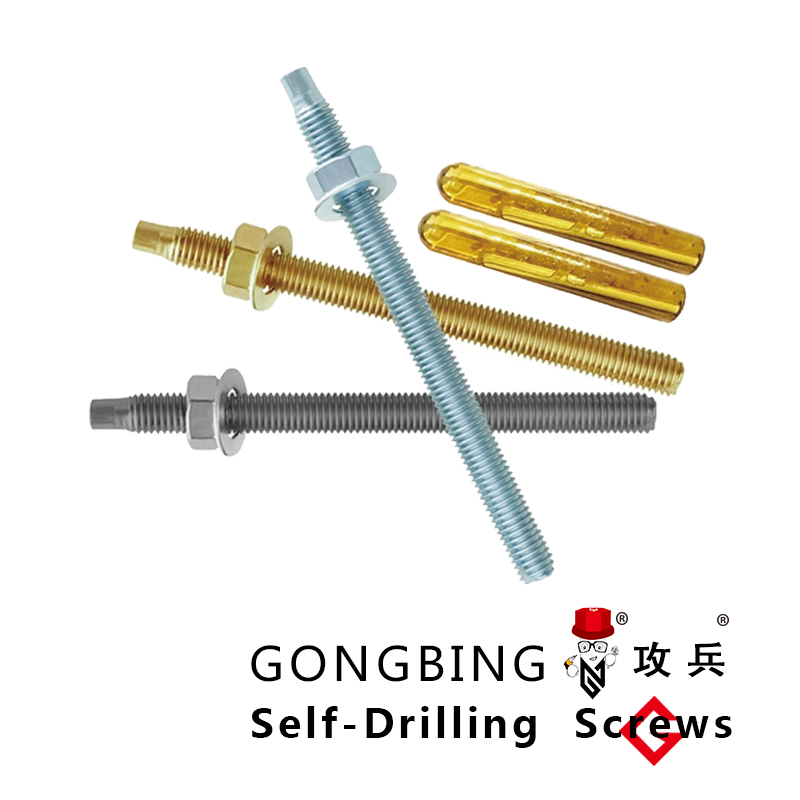Current Pricing Trends for Full Threaded Rods in the Market Today
Understanding the Price Dynamics of Full Threaded Rods
Full threaded rods are essential fasteners used in various industrial applications, from construction to manufacturing. Their uniform threading over the entire length provides flexibility for different types of installations and allows for secure fastening in both tension and shear loads. As with many commodities, the price of full threaded rods fluctuates due to several factors including material costs, demand, production processes, and market trends. This article aims to delve into the nuances influencing the price of full threaded rods.
Material Costs
The primary component of full threaded rods is the material used to manufacture them, typically steel or other metallic alloys. The price of raw materials, particularly steel, is influenced by a host of factors including global market demand, supply chain issues, and geopolitical events. For instance, disruptions in steel production due to environmental regulations, production halts in major steel-producing countries, or tariffs can lead to sharp increases in material costs, subsequently affecting the price of threaded rods.
Additionally, specialty full threaded rods may be made from stainless steel or coated with various finishes to resist corrosion. These alternative materials typically command a higher price point due to their enhanced properties and the additional processes involved in their production.
Demand in Various Industries
The demand for full threaded rods is highly influenced by the sectors in which they are employed. Industries such as construction, automotive, aerospace, and manufacturing are significant consumers of full threaded rods, and their activity levels can significantly impact prices. For instance, a boom in construction projects can lead to increased demand for threaded rods, which subsequently drives up prices due to heightened competition for limited supply.
Moreover, trends within specific sectors can also affect demand. For example, the growing emphasis on green building practices has increased the demand for sustainably sourced materials, impacting the price dynamics of threaded rods manufactured from recycled steel or other environmentally friendly materials.
full threaded rod price

Production and Manufacturing Processes
The manufacturing process of full threaded rods also plays a crucial role in determining their price. Traditional methods, such as rolling and cutting, may yield lower prices, but newer techniques such as cold heading or forging can enhance the quality and performance characteristics of the rods. However, these advanced processes often come with higher production costs which are usually reflected in the selling price.
Efficiency in manufacturing can also affect overall pricing. Advances in technology, such as automation and improved manufacturing techniques, can lead to cost reductions, and some manufacturers may pass these savings onto customers in the form of lower prices. Conversely, any inefficiencies or issues in the production process can cause delays and added costs, pushing prices up.
Market Trends and Economic Factors
Economic conditions play a pivotal role in determining the price of full threaded rods. During periods of economic growth, construction and manufacturing activities generally expand, leading to increased demand for threaded rods and, thus, higher prices. Conversely, in times of economic downturn, demand may decline, resulting in lower prices.
Additionally, currency fluctuations can impact pricing, particularly for manufacturers who source raw materials or sell finished products in different currencies. For instance, a strengthening domestic currency may reduce the cost of imported materials but could also make domestic products more expensive for overseas buyers, thus affecting overall demand and pricing strategies.
Conclusion
The pricing of full threaded rods is influenced by a complex interplay of various factors including the costs of raw materials, industry demand, manufacturing processes, and broader economic trends. As industries continue to evolve and adapt to changing market conditions, it is essential for buyers and manufacturers alike to stay informed about these dynamics. Understanding these price drivers will not only aid in making informed purchasing decisions but also provide insight into market trends that can impact future investments in manufacturing and construction projects.
-
Weatherproof Plastic Expansion Anchors for OutdoorBalitaJun.06,2025
-
Sustainability in the Supply Chain: Eco-Friendly TEK Screws ProductionBalitaJun.06,2025
-
Load-Bearing Capacity of External Insulation FixingsBalitaJun.06,2025
-
Double Head Bolts: Enhancing Efficiency in Industrial MachineryBalitaJun.06,2025
-
Corrosion Resistance in Chipboard Screws: Coatings for Wholesale DurabilityBalitaJun.06,2025
-
Butterfly Toggle Bolts : Enhancing Structural ResilienceBalitaJun.06,2025
